Budapest is a famous spa city with over 100 natural hot springs supplying healing waters to numerous baths throughout the city. Budapest is known as the “City of Spas” and its medicinal thermal baths are an essential part of Hungarian culture, blending history, wellness and relaxation. These baths offer a range of therapeutic and recreational experiences, reflecting the city’s rich bathing culture.
Budapest’s thermal bath culture dates back over 2,000 years to the Roman era when the city was known as Aquincum. The Romans built the first public baths, recognising the healing properties of the natural hot springs. After the fall of the Roman Empire, the tradition declined until the Ottoman occupation (16th–17th century). The Turks constructed several traditional Turkish baths, such as Rudas, Király and Veli Bej, which still operate today.
During the 19th and early 20th centuries, Budapest’s spa culture flourished, with grand bathhouses like Széchenyi (1913) and Gellért (1918) opening. The city’s thermal waters, rich in minerals, gained international recognition for their medicinal properties, attracting visitors seeking health treatments.
Contents
Budapest’s Thermal Baths
History and Benefits
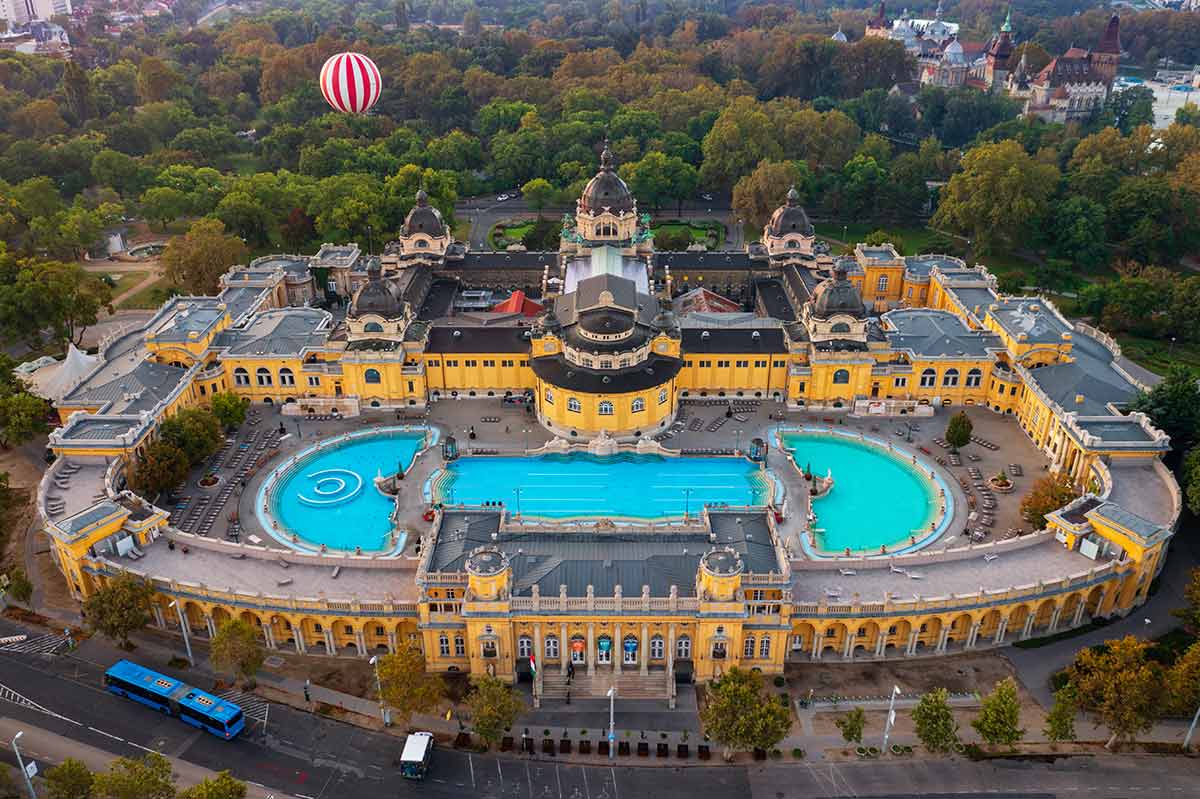
Budapest’s thermal baths have a storied history that stretches back to the Roman era when the city was known as Aquincum. The Romans, recognizing the healing properties of the natural hot springs, constructed several public baths, including the grand Thermae Maiores. This tradition of bathing was revitalized during the 16th century under Turkish occupation, leading to the construction of iconic hammams like the Rudas Baths and Veli Bej Baths, which continue to operate today.
The thermal baths in Budapest are not just a magnet for tourists but also a cherished retreat for locals seeking relaxation and rejuvenation. The warm, mineral-rich waters, abundant in calcium, magnesium, and sulfur, are renowned for their therapeutic benefits and healing powers. These minerals are believed to alleviate various health conditions, such as arthritis, fibromyalgia, and certain skin ailments. Beyond their health benefits, the baths serve as a social hub where locals gather to unwind and catch up with friends and family, making them an integral part of Budapest’s cultural fabric.
Planning Your Visit

Planning your visit to Budapest’s thermal baths can make all the difference in ensuring a smooth and enjoyable experience. Here are some essential tips to keep in mind:
- Check Opening Hours and Prices: Each bath has its own schedule and pricing, which can vary, especially during special events. It’s wise to check ahead to avoid any surprises.
- Consider a Budapest Card: This card offers free entry to many of the city’s thermal baths, along with access to other attractions and public transportation, making it a cost-effective option.
- Pack Essentials: Bring a towel, flip-flops, and a swimming cap, as these items are often required for entry. Some baths offer rentals, but having your own can be more convenient.
- Timing is Key: To avoid the crowds, consider visiting during weekdays or early in the morning. Peak times can get quite busy, especially in popular baths like Széchenyi and Gellért.
- Try Local Spa Treatments: Enhance your experience with local spa treatments such as massages or facials, which are available at an additional cost and can add a luxurious touch to your visit.
9 Thermal Baths In Budapest
Major Thermal Baths
1- Széchenyi Thermal Bath
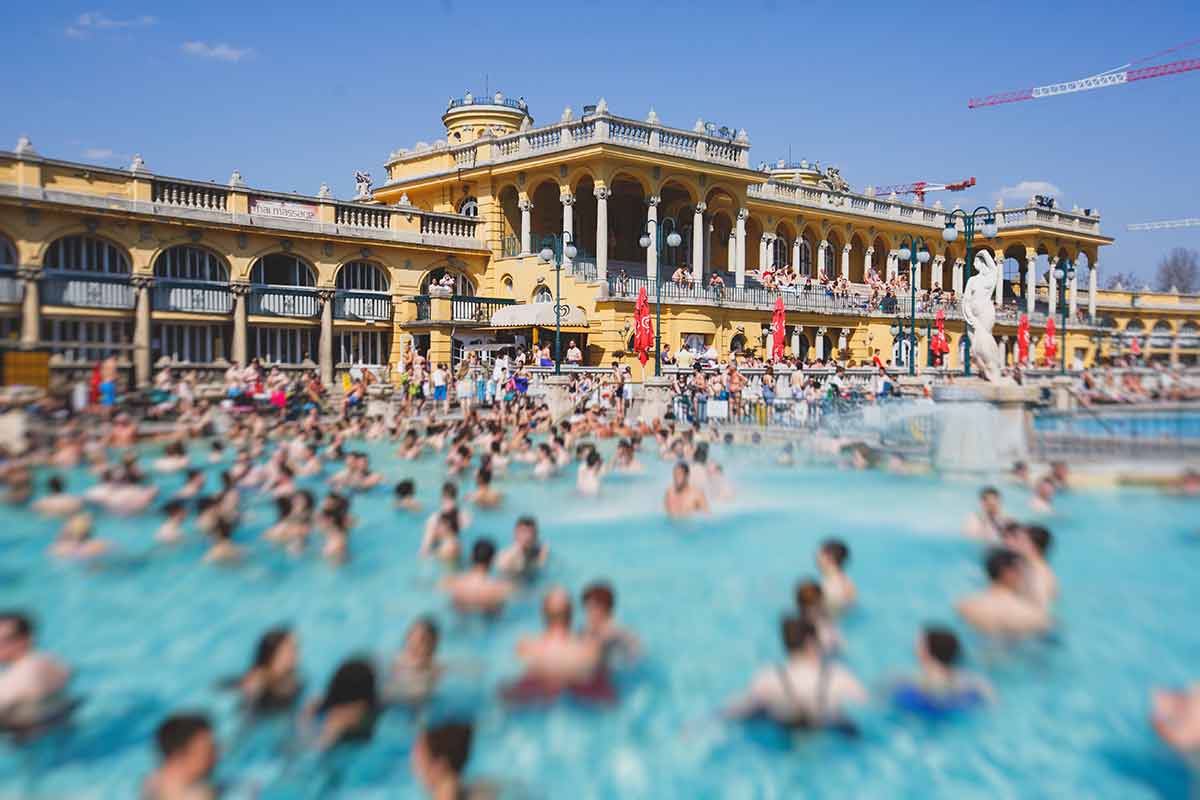
Located in City Park, Széchenyi Baths is one of Europe’s largest and most famous thermal bath complexes.
Opened in 1913, it features 18 pools, including outdoor hot baths and indoor medicinal pools.
The water, rich in minerals like calcium, magnesium, and sulfate, is sourced from a deep thermal spring and is known for its healing effects on joint and muscle pain.
The Neo-Baroque architecture adds to the grandeur, making it a favourite among locals and tourists.
Guests can enjoy massages, from aroma therapy to therapeutic deep tissue treatments, as well as mud therapy and weight bath therapy for spinal relief at Szechenyi Spa. One of its most unusual experiences is the Beer Spa, where visitors soak in hops and malt-infused thermal water while enjoying unlimited draft beer.
For a unique nightlife experience, Szechenyi Spa hosts SPArty, a thermal bath party with DJs, laser shows, and cocktails. VIP services include private bath rentals and couples’ spa packages, making it a top destination for relaxation and fu
Széchenyi Baths has secret chess games where locals gather in the outdoor pools to play chess in the steaming water, even in winter. Some of these players are highly skilled and have been visiting for decades.
2- Gellért Thermal Bath
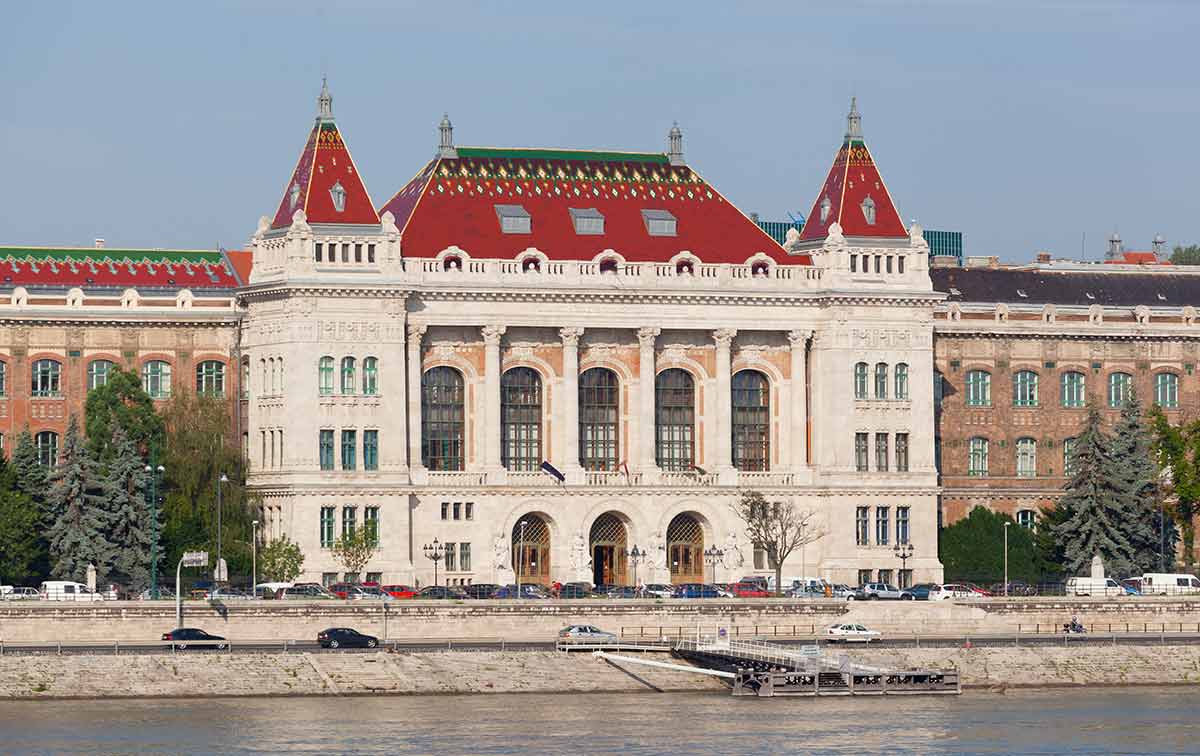
Situated within the historic Gellért Hotel, Gellért Thermal Bath’s main indoor pool is a masterpiece of Art Nouveau design, featuring intricate mosaics, stained glass, and sculptures.
Opened in 1918, it offers thermal pools, a wave pool, and wellness treatments.
The healing waters contain calcium, magnesium, and hydrogen carbonate, beneficial for joint and spinal issues.
The indoor pools boast an elegant ambiance with Roman-style columns, while the outdoor pools include a relaxing sunbathing terrace. Gellért Baths is also known for its medical treatments, offering mud packs and hydrotherapy sessions.
It remains one of the most luxurious and visually stunning baths in Budapest.
Gellért Thermal Bath has an underground secret tunnel connecting Gellért Bath to the neighboring Gellért Hotel, originally used for private access by hotel guests.
3- Rudas Thermal Bath
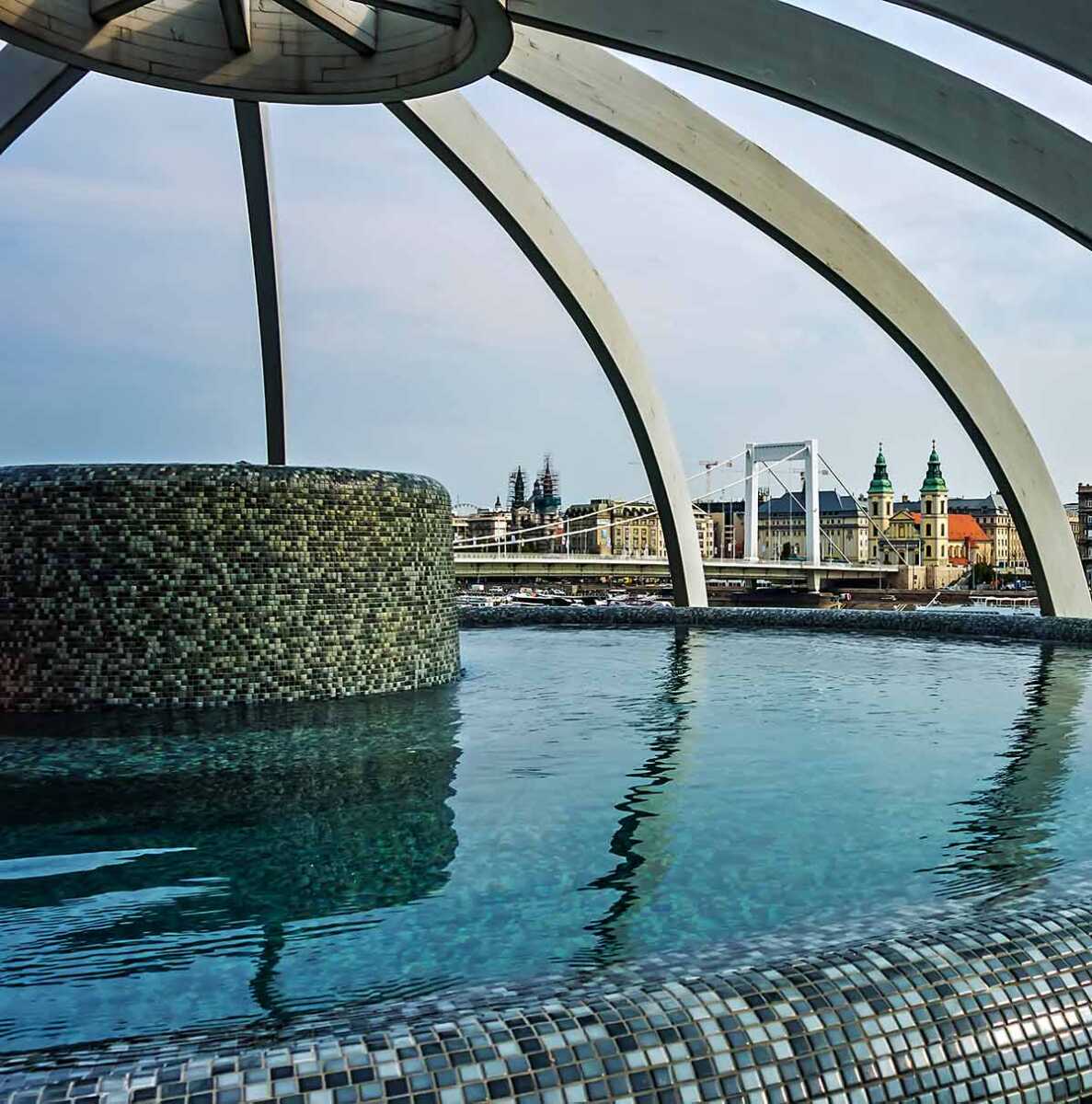
Dating back to the Ottoman era (16th century), Rudas Thermal Bath retains its original Turkish bath architecture, including a domed central pool surrounded by four thermal pools.
Rudas bath is famous for its healing waters, which contain sulfate, calcium, and magnesium, beneficial for arthritis and circulation issues.
A unique feature is the rooftop hot tub, providing breathtaking views of the Danube and Budapest skyline.
Traditionally, it had gender-specific bathing days, but now it offers mixed-gender access on weekends.
Rudas Baths also includes a modern wellness area with saunas, steam rooms, locker rooms and a swimming pool, blending history with modern luxury.
Rudas Baths has a drinking well offering mineral-rich thermal water that visitors can consume for its supposed digestive and kidney health benefits.
4- Lukács Thermal Bath
A favorite among locals, Lukács Thermal Bath is known for its healing waters, historically attracting visitors seeking relief from rheumatic ailments.
Dating back to the 12th century, the bath has a rich medical history, once housing a hospital.
Today, it features multiple thermal pools, saunas and a wellness area with spa baths.
The water, rich in calcium, sodium, and magnesium, is sourced from the nearby hills and is said to have medicinal benefits.
Unlike other baths, Lukács has a more relaxed and quiet atmosphere, making it ideal for those seeking a peaceful spa experience without large tourist crowds.
Lukács Thermal Bath has a “Thank You Wall”, which is a collection of plaques inside the bath is dedicated to people who claim the thermal waters healed them of various ailments.
5- Király Thermal Bath
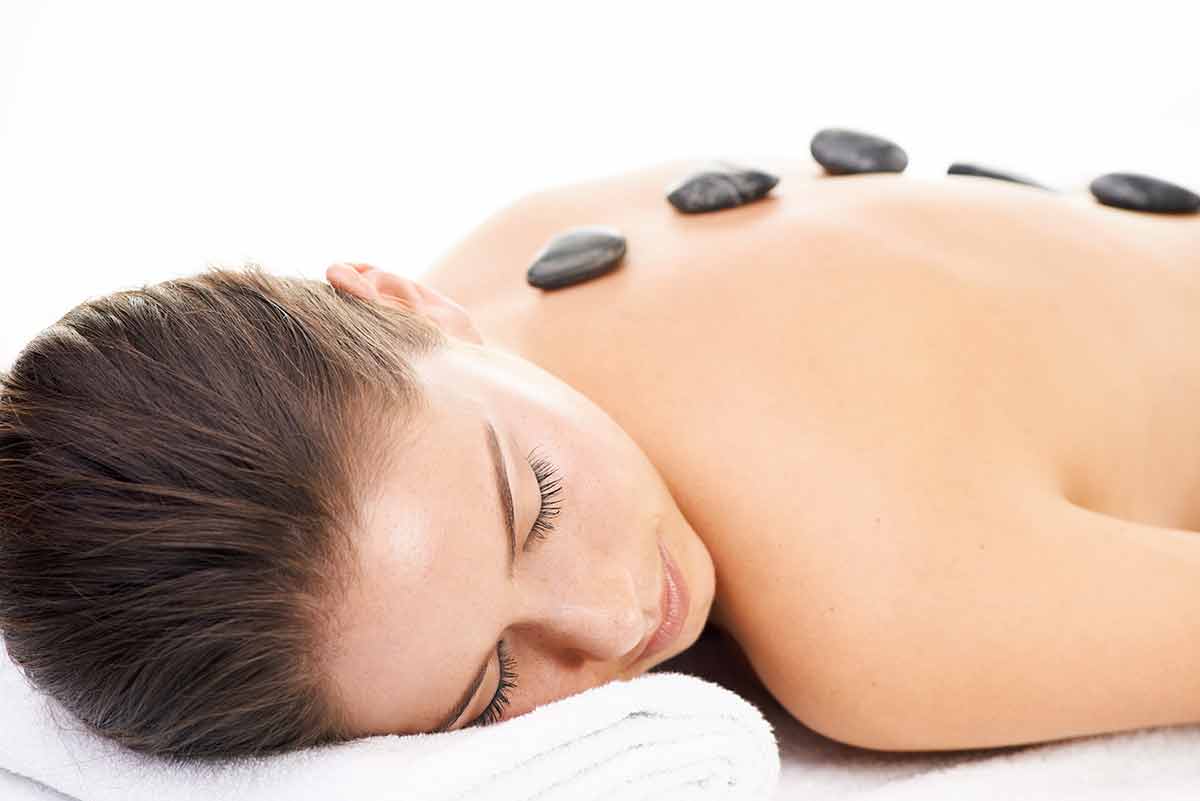
Built in the 16th century during Ottoman rule, Király Thermal Bath is one of Budapest’s most authentic Turkish baths, retaining its historical charm.
The highlight is the octagonal thermal pool, covered by a large dome with small openings, allowing natural light to filter in.
The bath’s thermal waters, sourced from the Lukács Thermal Bath, are rich in minerals that help relieve joint pain and arthritis.
While it is smaller and more intimate than other baths, it provides a truly historic bathing experience.
Király is currently undergoing renovations, but when open, it offers an authentic glimpse into Budapest’s spa heritage.
Király Thermal Bath, unlike other baths, Király doesn’t have its own spring—it was historically supplied with water from Lukács Thermal Bath through an underground pipe system.
6- Veli Bej Thermal Bath
Located within the Irgalmasrendi Hospital, Veli Bej Thermal Bath is one of Budapest’s best-preserved Ottoman baths, dating back to 1575.
Veli Bej Thermal Bath was abandoned and hidden beneath a hospital for centuries and wasn’t rediscovered and renovated until 2011.
After extensive renovations, it now offers a blend of historical charm and modern wellness facilities.
It features five thermal pools, saunas, steam rooms, and a jacuzzi.
The water, rich in minerals, is reputed for its healing properties, particularly for joint and muscle issues.
Unlike larger baths, Veli Bej provides a peaceful and uncrowded atmosphere, making it perfect for those seeking relaxation.
With its serene ambiance and historical significance, it remains a hidden gem among Budapest’s thermal baths.
Smaller and Lesser-Known Thermal Baths
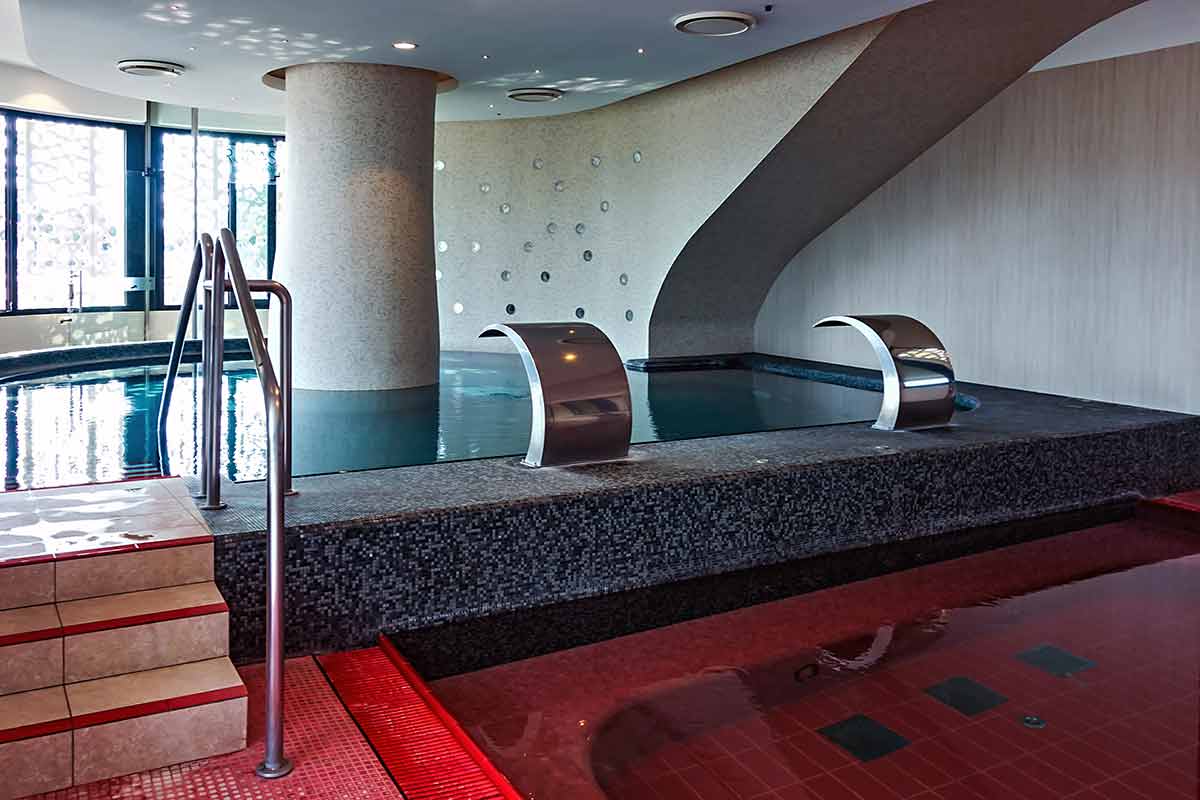
7- Csillaghegyi Árpád Thermal Bath and Swimming Pool
One of Budapest’s oldest open-air baths, Csillaghegyi Árpád Thermal Bath has been welcoming visitors since 1919. Csillaghegyi is the oldest open-air bath in the city but has remained off the tourist radar due to its secluded hillside location.
Recently renovated, it now features a modern wellness complex with thermal pools, saunas, and an adventure water park.
The bath is located on a hillside, offering beautiful views of the city while providing a relaxing atmosphere.
Unlike the historic Turkish baths, Csillaghegyi is more of a family-friendly thermal spa, catering to both wellness seekers and those looking for fun water activities.
The healing waters, drawn from deep underground, are known for their mild mineral content, making them ideal for relaxation and rejuvenation.
8- Dandár Thermal Bath
A smaller and less touristy thermal bath, Dandár Thermal Bath is a perfect place for those seeking a quiet and budget-friendly spa experience.
Built in 1930, it has a simple yet charming design, with two outdoor pools and several indoor thermal pools.
Dandár Thermal Bath was originally a workers’ bathhouse originally designed as a bathhouse for Budapest’s factory workers to clean up after long shifts.
The waters contain calcium, magnesium, and hydrogen carbonate, making them beneficial for stress relief and muscle relaxation.
The bath also offers saunas, massage services, and a plunge pool.
It is particularly popular among locals who prefer a less crowded environment compared to the more famous Budapest baths. Dandár is an excellent choice for a relaxing thermal soak.
9- Paskál Thermal Bath
Originally an open-air summer bath, Paskál Thermal Bath was upgraded into a year-round thermal spa in 2016. It is one of Budapest’s newest thermal baths, offering a modern design with both indoor and outdoor pools.
The thermal water, drawn from deep underground springs, is rich in minerals beneficial for joint and muscle health.
One of its unique features is the thermal pool with a swim-up bar, allowing guests to enjoy drinks while soaking.
The relaxed atmosphere, modern facilities, and variety of pools make Paskál a great alternative to the more crowded and touristy baths in Budapest.
Local Etiquette

When visiting a thermal bath in Budapest, it’s important to respect local customs and traditions to ensure a pleasant experience for everyone. Here are some key etiquette tips:
- Shower Before Entering: Hygiene is paramount, so always shower thoroughly before entering the baths.
- Respect the Atmosphere: Keep noise levels down and avoid loud conversations or rowdy behavior. The baths are a place for relaxation and tranquility.
- Try Local Treatments: Don’t hesitate to indulge in local spa treatments like massages or facials. These services are often available for an extra fee and can greatly enhance your visit.
- Mind Your Belongings: Keep an eye on your locker and personal items. While the baths are generally safe, it’s always good to be cautious.
- Tipping: It’s customary to tip your massage therapist or spa attendant. A small tip is appreciated and reflects the local culture of gratitude.
By following these tips, you can fully enjoy the unique and rejuvenating experience that Budapest’s thermal baths have to offer.
Plan Your Trip

Rent A Car – Find the best car rental rates at Discover Cars. They compare car hire companies to provide you with the best deal right now.

Find A Hotel – If you’re curious about this article and are looking for somewhere to stay, take a look at these amazing hotels.


